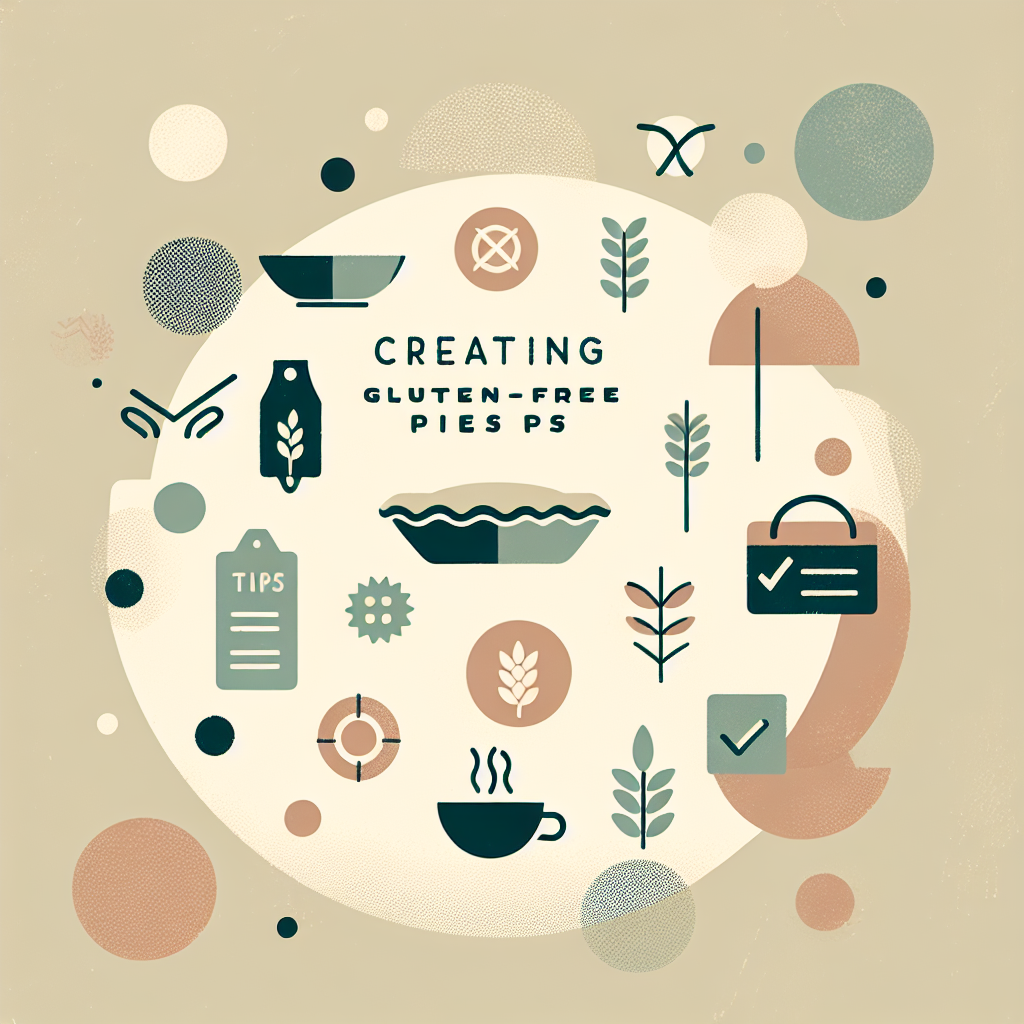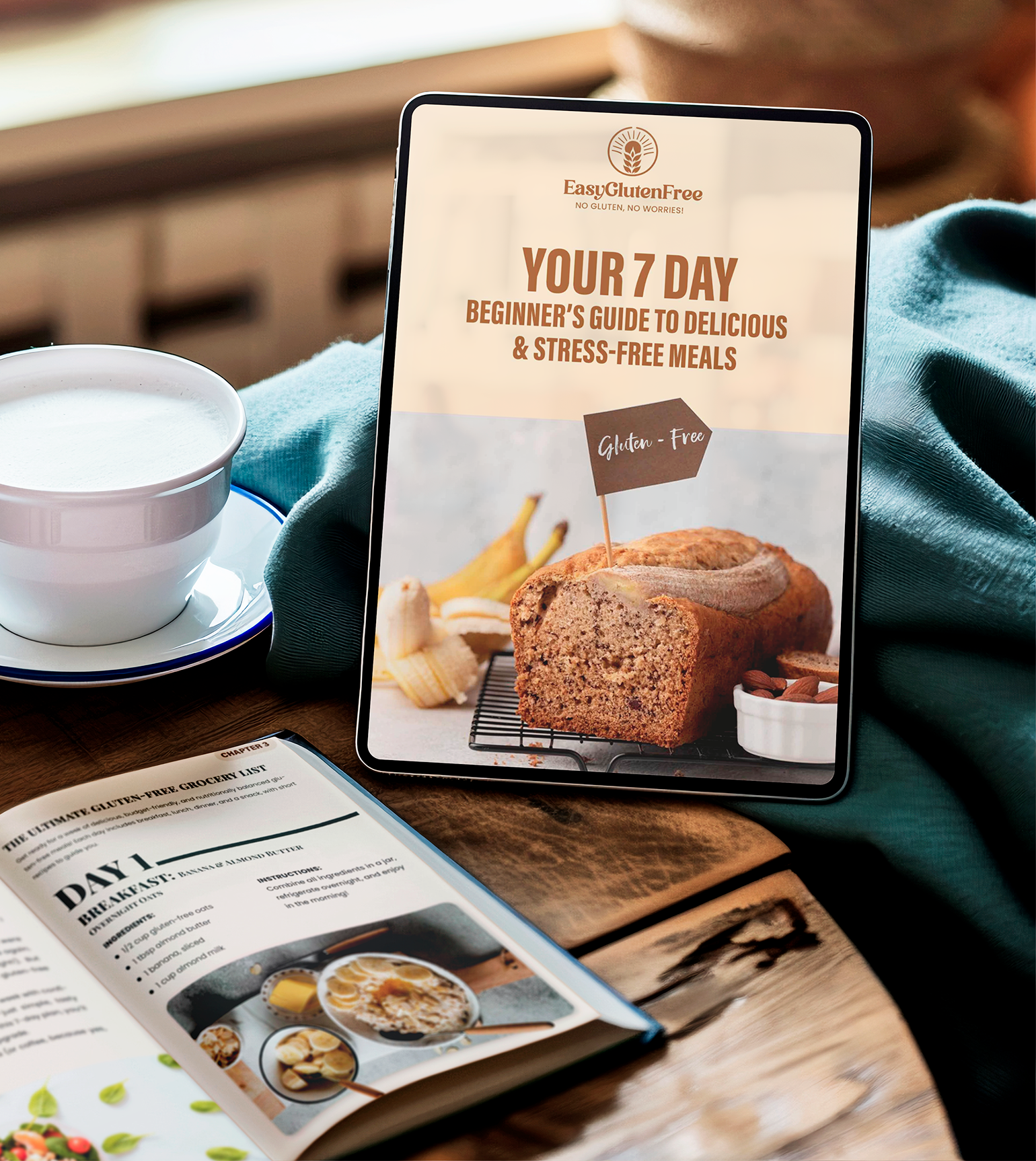When the crisp, cool days of autumn peek around the corner, there’s something incredibly comforting about sinking your teeth into a delectable, wholesome gluten-free pie. Whether it’s the delicate crumble of the crust, the richness of the filling, or the soul-warming aroma that permeates the house as it bakes—it can almost feel magical. Now, you might have already dabbled in our Simple and Delicious Gluten-Free Banana Bread and savored the Golden Fluffy Gluten-Free Pancakes, but today, I’m excited to guide you in creating your very own gluten-free pies; perfect for parties, holidays, or just because.
Now, gluten-free flours – as you may have experienced – can be a bit of an adventure. They don’t behave in the same way as traditional wheat-based flours, leading to a totally different baking experience. But don’t fret, dear reader. Like a loyal friend guiding you through a complicated maze, I’ll walk you through this journey, spreading a sprinkle of baking wisdom to transform potential pitfalls into triumphs.
To start, let’s concentrate on the heart of every pie, the crust. Though typically made from wheat flour, making a gluten-free pie crust opens an exciting door to creative alternatives. You can use a combination of different gluten-free flours, like rice flour or sorghum flour, but my all-time favorite is almond flour. Its subtly sweet, nutty essence amplifies the overall flavor, and its texture is divine.
But let’s address the elephant in the room: The challenge people often face, which is the crumbly or brittle texture of gluten-free crusts. This tends to happen due to the lack of gluten – that magical protein that gives traditional pie pastries their elasticity and structure. However, by using the right kinds of binding agents and understanding how different ingredients interact in gluten-free baking, you can master the art of creating a sturdy, yet flaky gluten-free crust. Melding the delicate dance of balancing gluten-free flours, binding agents like xanthan gum or eggs, starches, and fats is a skillset unto itself, an art you can master with a bit of patience and curiosity.
So, let’s talk fillings. The beautiful thing about pie fillings is that most of them are naturally gluten-free! Apple, pumpkin, peach, berry—you name it, and we can put it in a gluten-free pie. The only caution is to make sure you are using gluten-free thickeners like cornstarch or tapioca instead of traditional flour in your fillings. These thickeners work beautifully to create that rich, sumptuous texture we all crave in a pie.
For a fun twist, why not experiment with savory pies? Vegetable pies, chicken pot pies, even Shepherd’s pie—they can all be enjoyed in a gluten-free crust. Of course, being mindful of the seasonings and sauces is crucial here to maintain the gluten-free integrity.
Now, for those of you curious about adding an extra kick to your pies, seasonings and spices can take your pie from tasty to ‘oh-this-is-heavenly’. For sweet pies, traditional favorites like cinnamon, nutmeg, and vanilla can do wonders. But why not venture out and try exotic spices like cardamom, star anise, or even a splash of gluten-free almond extract? And in your savory pies, a dash of thyme, rosemary, or smoked paprika can create wonderful, complex flavor profiles.
I understand that making your own gluten-free pie from scratch can be time-consuming. And honestly, sometimes you just want to enjoy a quick, scrumptious dessert without spending hours in the kitchen. One way to get around this is to invest in a high-quality premade gluten-free pie crust. A good one will maintain the right amount of flakiness and flavor without needing to measure and sift several different types of flour. Just ensure to check the labels for any hidden gluten or unwanted additives.
Now we’ve covered the crust and the filling of the pie, let’s think about presentation. Trust me, your friends and family will be woah-ed by your baking skills when you present your pie with an exquisite lattice crust or crumbled topping. Can gluten-free pies rise to this level of ornate presentation? Absolutely! With a gentle touch and a dash of patience, you can achieve the perfect decorative topping. And if your experiment doesn’t turn out Pinterest-perfect? Well, the best part about a pie is it tastes delicious no matter how it looks.
An additional secret to a beautiful pie presentation is simply a drizzle of a delicious sauce or glaze. You can try concocting your own gluten-free caramel sauce for those apple pies or perhaps create a tangy lemon glaze for your berry pies. The added advantage? You can use your extra sauce to doll up other desserts or pancakes too.
Gluten-free baking can often seem intimidating, especially when attempting culinary masterpieces like pies. But remember, it’s not about achieving perfection on the first try. It’s about immersing yourself in the process, learning on the way, and, of course, savoring the magnificent taste of your creations. As you become more familiar with gluten-free ingredients and how they interact, you’ll gain confidence and proficiency…
But enough chit-chat! It’s time to roll up your sleeves and start folding that chilled lump of dough into your pie tin. Make it a family event, an adventure of its own—molding, laughing, tasting, and ultimately chatting over the delicate, flaky morsels of homemade gluten-free pie. And remember, Easy Gluten Free will always be your trustworthy guide, offering you a beacon of wisdom on your gluten-free journey.
Category: Baking & Cooking Science



